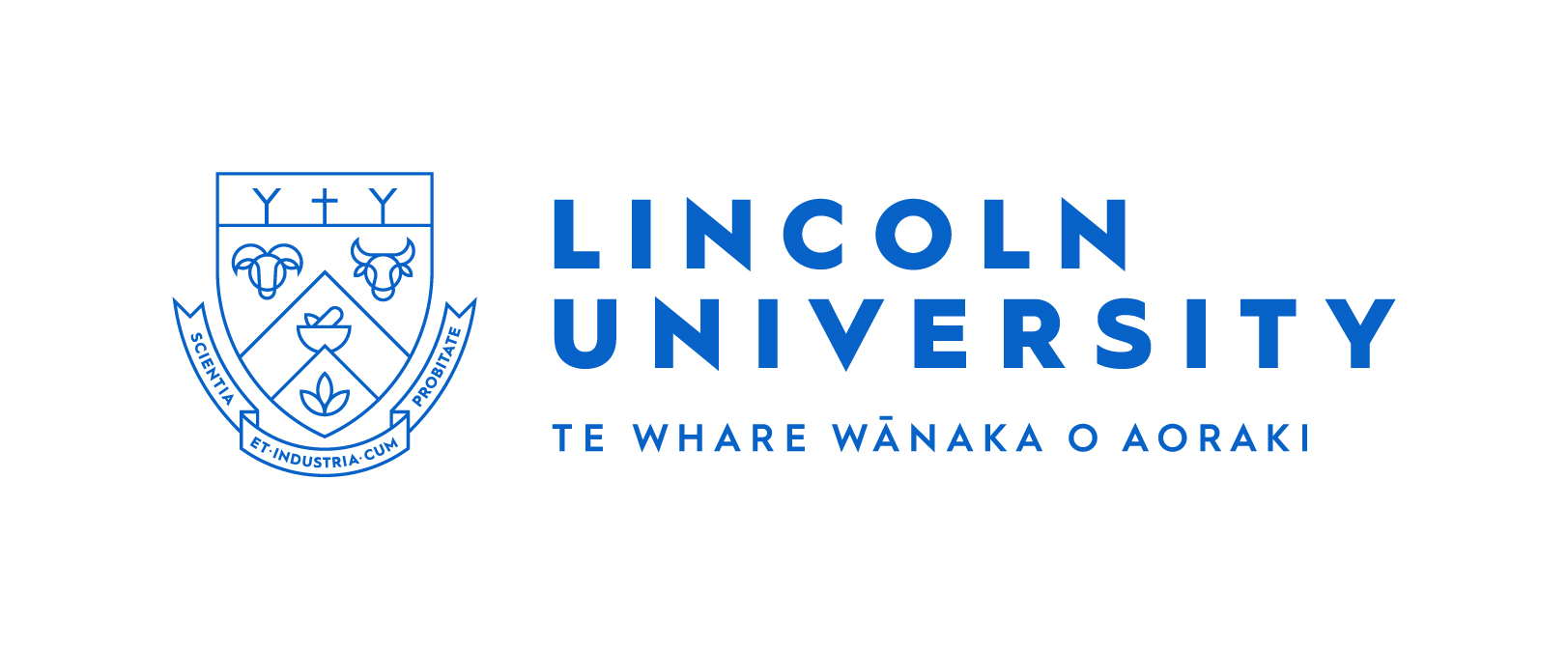Phosphorus supports photosynthesis, a process which is positive for terrestrial plants. But the same mechanism causes algal growth and the pollution of aquatic ecosystems.
This unwanted effect can be mitigated if the aquatic microalgae fertilised by phosphorus pollution are contained and harvested.
It’s a solution that has global application because microalgae thrive in ponds used by farmers and rural communities around the world to treat their wastewater effluents.
But wastewater treatment ponds do not currently remove phosphorus because the biomass generated during the degradation of organic pollutants can only assimilate small amounts of phosphorus and the biomass itself is not removed following treatment.
To boost the amount of phosphorus removed by these organisms, Professor Andrew Shilton, from Massey University, led a Marsden Fund project to investigate the conditions that trigger polyphosphate accumulation in mixed microalgae cultures.
This process has great potential for phosphorus recycling because a biomass rich in polyphosphate can be reused as biofertiliser.
While this research generated important advances in the identification of relevant process parameters in mixed microalgae cultures, the cellular mechanisms involved remained poorly understood. The technology is therefore still difficult to implement in a reliable way.
With his current Marsden Fund grant, Professor Benoit Guieysse (Massey University) and his team (Professor Shilton, Professor Emilio Fernández Reyes, from University of Cordoba, and Dr David Wheeler, of Massey University) are taking a step back from Shilton’s research to identify and characterise by function the genes involved in polyphosphate accumulation in the green model alga Chlamydomonas reinhardtii.
Dr Maxence Plouviez, the post-doctoral researcher on the project, has reproducibly triggered polyphosphate synthesis in this and other microalgae species commonly found in New Zealand’s aquatic environment. This was achieved by changing the concentration of phosphorus in the cultures grown in the laboratory.
Using a combination of genomics and bioassays involving C. reinhardtii mutants, the team was then able to demonstrate that polyphosphate synthesis is performed by specific proteins, (Vacuolar Transport Chaperones), which are potentially under the control of inositol phosphates.
Based on this new understanding of the cellular mechanisms of microalgae, the team is exploring its evolutionary and ecological implications.
The ultimate goal is to generate the bioengineering fundamentals needed to develop new technologies to aid in phosphorus recycling.
The team is now closer to understanding what drives the accumulation of polyphosphate in microalgae. This is crucial when designing a process that naturally selects species which excel at polyphosphate accumulation, and for providing conditions that reliably make use of this ability.
Another outcome, the team hopes, will be to identify new chemical or physical stimuli that can trigger the polyphosphate response on demand.
Source: Royal Society of New Zealand












